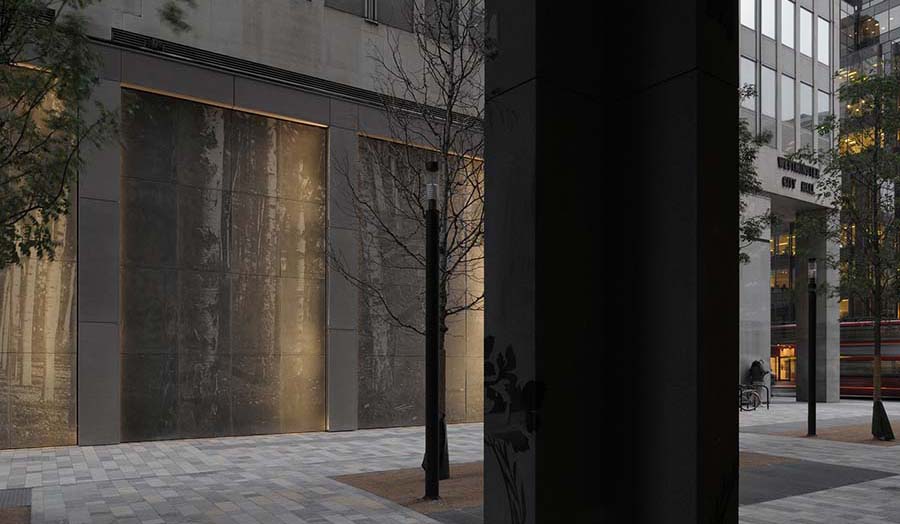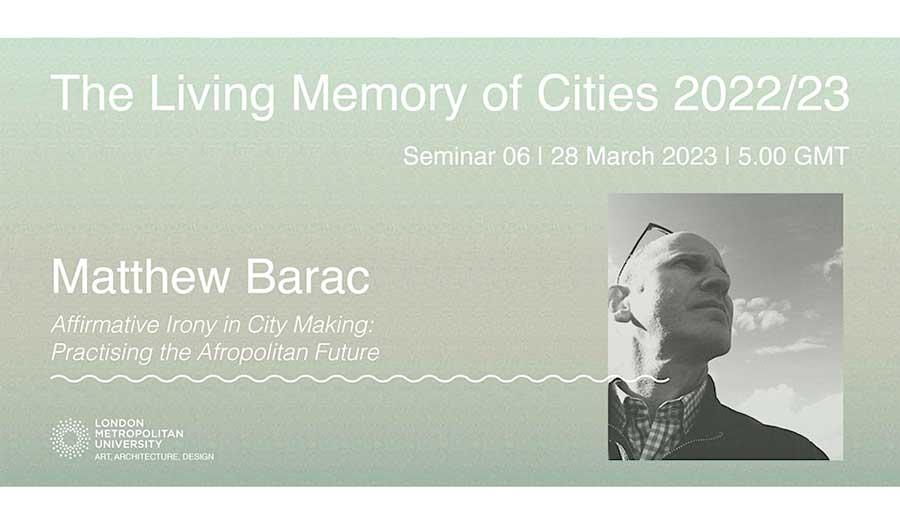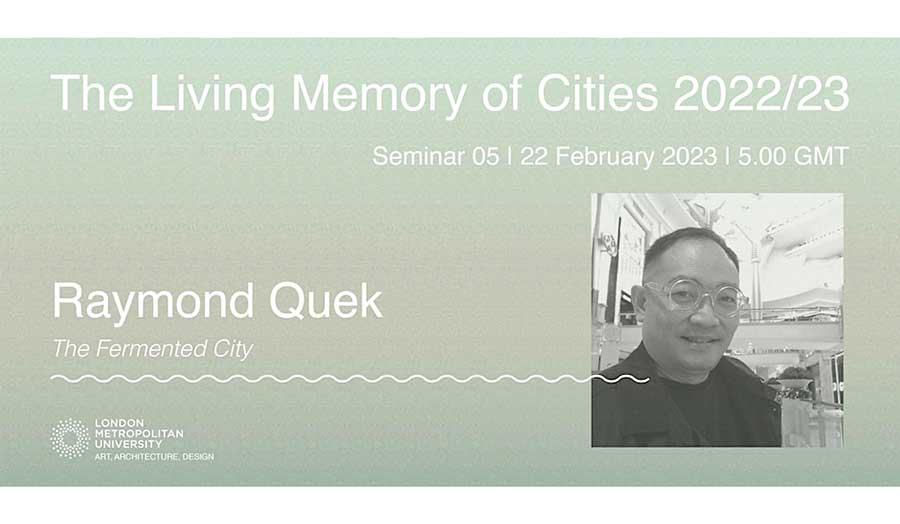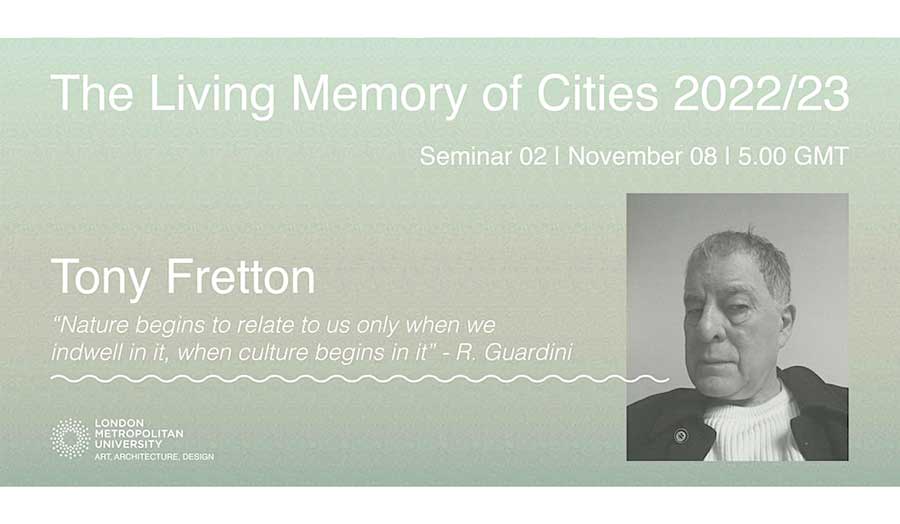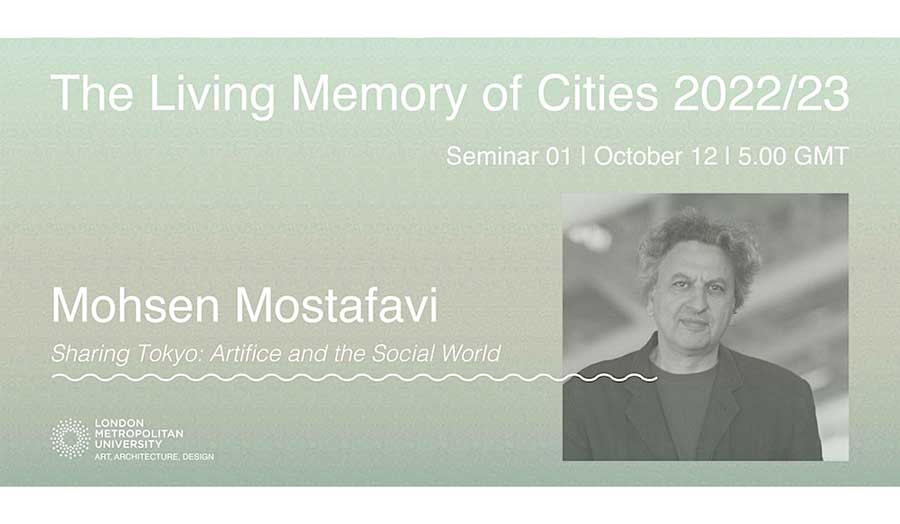Join us for The Living Memory of Cities, a seminar series convened in collaboration with Eric Parry Architects and the Centre for Urban and Built Ecologies (CUBE), London Metropolitan University.
A particular point of view: London and the picturesque
Central London’s city image has been shaped by a peculiar compromise of heritage constraints, regional planning and world-class architectural design – in which the notion of painterly views has played a significant role. This talk will consider the changing visual image of London and the enduring impact of the ‘English picturesque’ on its evolving character and appearance. It will initially touch on key paintings from Canaletto to John O’Connor, the view from Richmond Hill made famous by Turner and protected by Act of Parliament in 1902, and then the wider public response to the changing skyline of London post-WW2, which led to the introduction of tall building policy and ‘views management’ to protect views of St Paul’s Cathedral and London’s World Heritage Sites. The City of London’s ‘Eastern Cluster’ of tall buildings will be used to illustrate how traditionalist and protectionist interests have clashed with contrasting ambitionssince the ‘Big Bang’ to develop modern urban typologies that befit a global city – and how the emerging cluster has consequently been shaped, three-dimensionally, through numerous framed views to create a new, unique image for London.
Robert Tavernor is Emeritus Professor of Architecture and Urban Design at the LSE, where he taught between 2005-11. He was previously Forbes Professor of Architecture at the University of Edinburgh (1992-5) and Professor of Architecture and Head of the Department of Architecture and Civil Engineering at the University of Bath (1995-2005) and has heldvisiting academic posts internationally. His books include Palladio and Palladianism (Thames & Hudson, 1991), On Alberti and the Art of Building (Yale University Press, 1998), and Smoot’s Ear: the Measure of Humanity (Yale UP, 2007; paperback version 2008). He is a co-translator of Leon Battista Alberti’s sixteenth century De re aedificatoria, translated as On the Art of Building in Ten Books (The MIT Press, 1988), and Andrea Palladio’s seventeenth century I quattro libri dell’architettura, as The Four Books on Architecture (The MIT Press, 1997). He wrote introductions to new translations of Vitruvius’ treatise, On Architecture, Penguin Classics (2009), and the first English edition of Daniele Barbaro’s Vitruvius of 1567, Birkhäuser Basel (2019). He founded the Tavernor Consultancy, Architecture + Heritage, in 2001. The consultancy have advised on many major masterplans and building projects in central London across the last two decades.
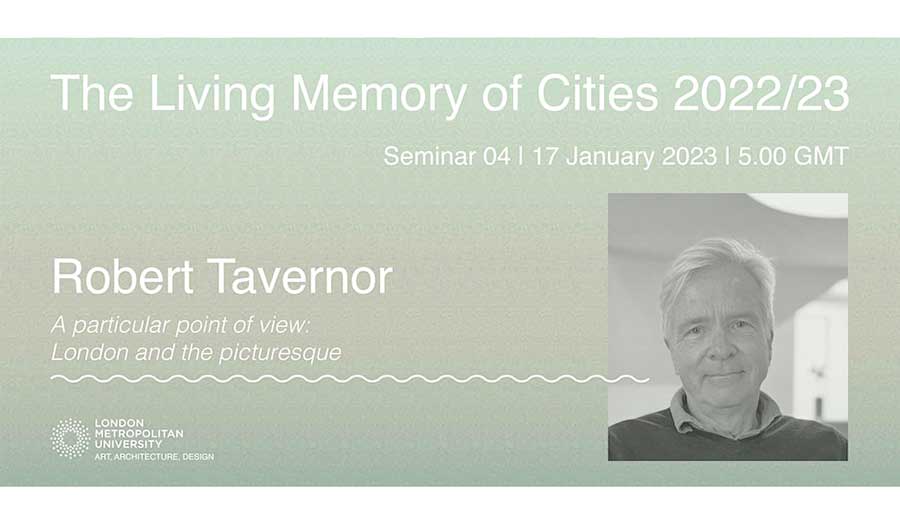
Details
| Date/time | Online: Monday, 16 January 2023, 5pm to 6.30pm |
|---|---|
| Tickets | Book your ticket via Eventbrite |
| Follow on Eventbrite | The Centre for Urban and Built Ecologies |
| Follow on Twitter | @Research_LMArts |
This talk will consider the changing visual image of London and the enduring impact of the ‘English picturesque’ on its evolving character and appearance. It will initially touch on key paintings from Canaletto to John O’Connor, the view from Richmond Hill made famous by Turner and protected by Act of Parliament in 1902, and then the wider public response to the changing skyline of London post-WW2, which led to the introduction of tall building policy and ‘views management’ to protect views of St Paul’s Cathedral and London’s World Heritage Sites. The City of London’s ‘Eastern Cluster’ of tall buildings will be used to illustrate how traditionalist and protectionist interests have clashed with contrasting ambitionssince the ‘Big Bang’ to develop modern urban typologies that befit a global city – and how the emerging cluster has consequently been shaped, three-dimensionally, through numerous framed views to create a new, unique image for London.

